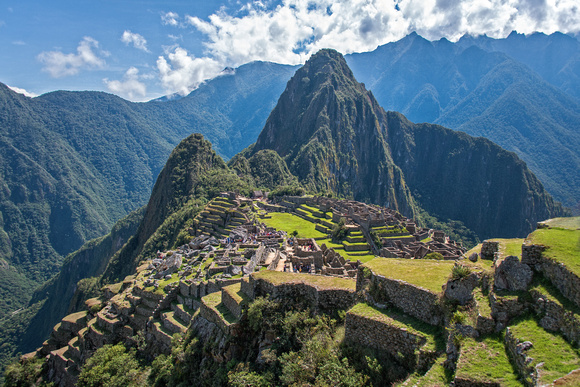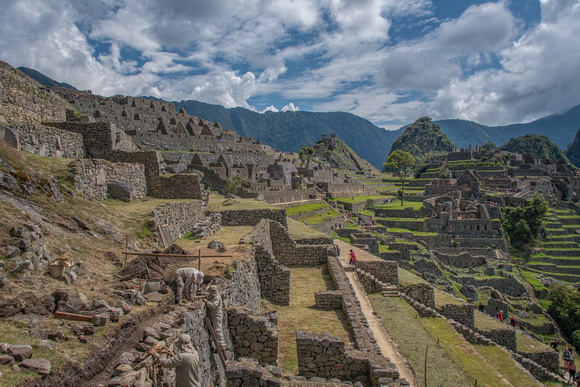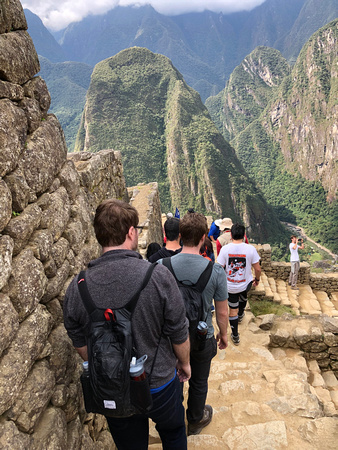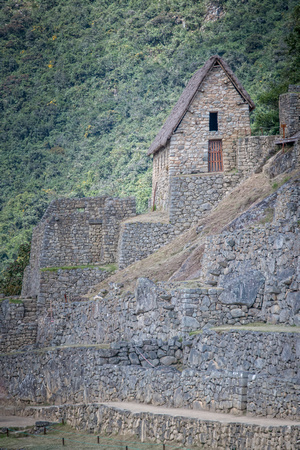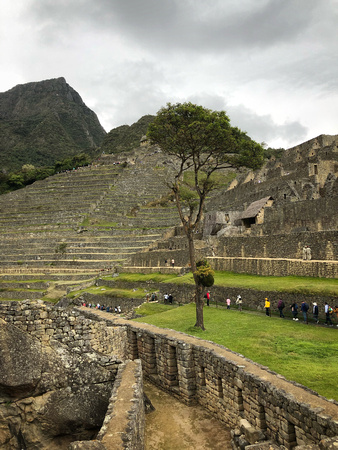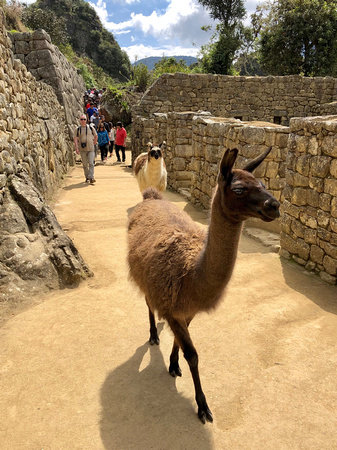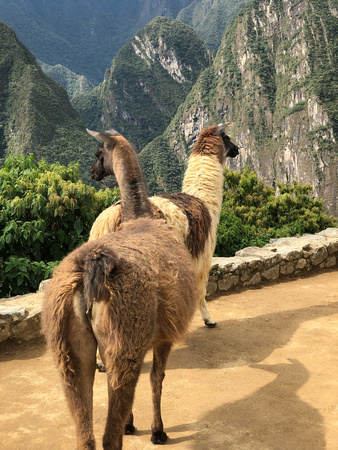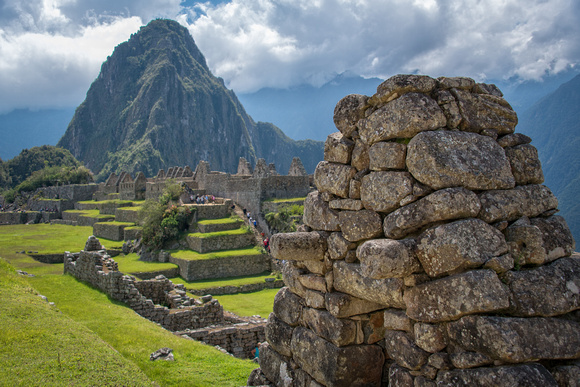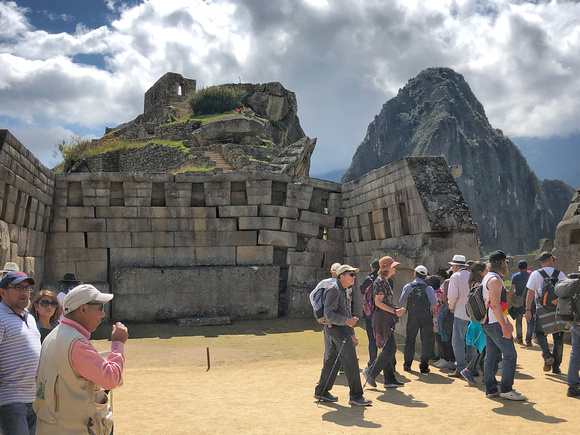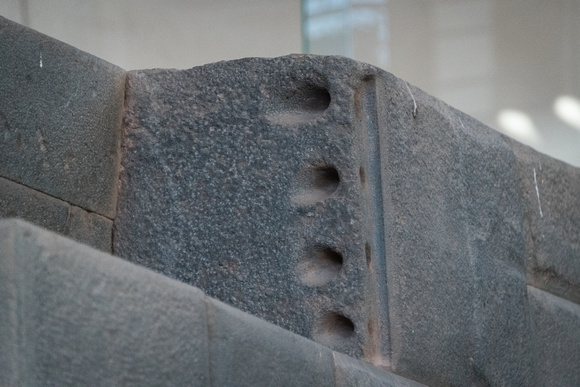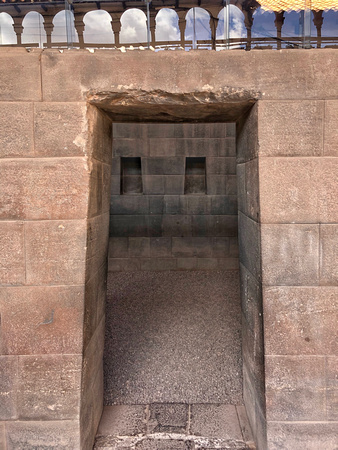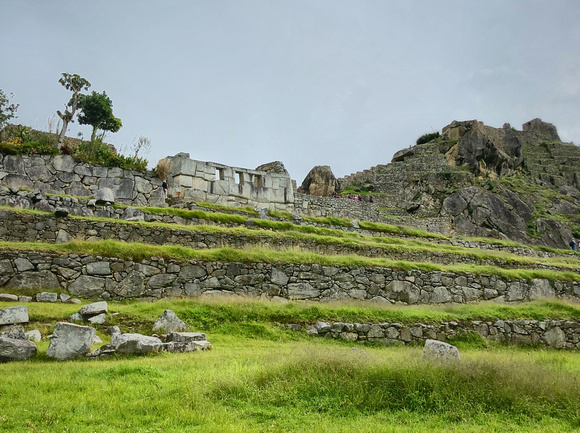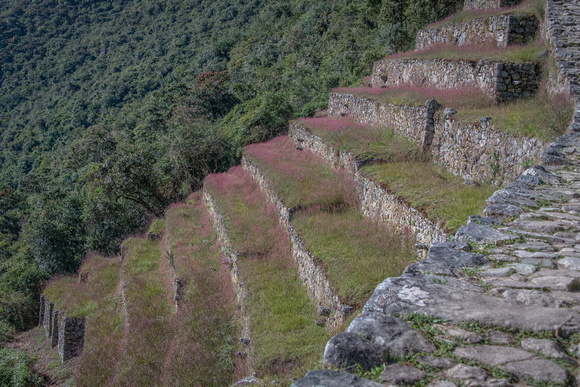Is Machu Picchu on Your Travel Bucket List?My twins were both graduating from college. I wanted to help them celebrate with a special vacation. But where should we go? As the guys were growing up, they seemed fascinated with early civilizations and cultures. They claim it was the result of a favorite video game! I'd prefer to think it had something to do with their innate curiosity. Whatever the cause, Incas and Machu Picchu had been a topic of discussions. I admit, Machu Picchu had long been on my travel bucket list as well. So, that was it! We were off to Machu Picchu!
What is so special about Machu Picchu?
In general, I am drawn to nature and spectacular landscapes. Add an intriguing history of ancient civilization, and that travel destination goes to the top of my bucket list! The Lost City of the Incas is thought to be one of the world’s most significant archaeological discoveries in recent history, largely because of the amount of knowledge it has revealed about Incan civilization. While Incan ruins have been discovered throughout Peru, this particular discovery is a well-preserved masterpiece of Incan archeology, engineering and urban planning. A sacred site, the ruins have also shed light on the religious practices of the sun-worshipping Incan people. Finally, at the meeting point of the eastern slopes of the Andes Mountains and the low-lying Amazon basin, it is an area rich in biodiversity. Imagine well-preserved and intricate walls, terraces and ramps of an ancient people, set among mountains, peaks and valleys with cloud forests, tropical forests, multiple microclimates and a wide variety of species, flora and fauna.
Awe-inspiring? Breathtaking? Jaw-dropping? Try as I might, there are no simple words or photos that do justice to this incredible site.
What Have Archaeologists Learned?
The city was discovered in 1911, by Yale professor and archaeologist, Hiram Bingham, who had been leading a joint expedition with the Peruvian government in search of another Incan site called Vitcos. Chronicles of the journey show that Bingham met up with a local farmer who led him to the ruins. Bingham later named the site Machu Picchu, a Quechua phrase that means “Old Mountain”. No one actually knows what the Incas called the city, however. Ruins reveal a city built in the 1400s, at the height of the Incan Empire. Structures were originally thought to be a temple for high priests, but archaeologists continually gain new understanding. Our guide explained that more recent studies describe a country home for nobility, supported by a city with religious, agricultural and urban areas. He helped us identify three distinguishable types of architecture for these uses. Farmers and workers used structures built of smaller stones and mortar. Many of those structures have had to be re-built to preserve the site. Buildings of a slightly stronger structure are thought to have been used by a religious or sacred class. The structures that have truly puzzled archaeologists and historians are those designed for nobility. These were made of perfectly cut and aligned, stones of granite - some massive - built at the highest levels of the city, without mortar. How could an ancient people carve such perfect stones, move and align them on such challenging terrain, without the help of modern tools, equipment, technology, or even the wheel? Theories are plentiful, as is debate. One theory goes so far as to say that it was simply impossible. Aliens must have come to earth and created Machu Picchu!
Our guide provided more earthly theories, however. He pointed out the absence of mortar between stones (see structure at the top and center of the photo), but also described a locking mechanism carved into the inner areas of these stones, similar to lego blocks. He illustrated with his fingers how the carvings fit together and locked the stones in place. We actually saw an example of these lego-like carvings at a historical site in Cusco, later in our trip.
As for moving massively heavy, granite stones, our guide pointed out the foundation on which several of the perfectly cut buildings for nobility were placed. Many were atop huge rock formations that occurred naturally in the mountainous terrain. He explained that long cylindrical shaped-stones were also found in the ruins. No one knows for certain their use, but one theory is that they were covered with alpaca hide and used in a manner similar to the wheel, rolling heavier pieces of granite with ramps. In Cusco, another guide explained that as many as 1,000 workers sometimes moved more massive pieces of granite. Carving the stones for one building might take as many as 30 or 35 years, a lifetime for some of these workers. Guides pointed out the shapes of stones and of the structures themselves. Buildings were angled slightly inward, at varying degrees depending on the slope of the terrain on which they were set. Window and door openings were hexagon-shaped. It is thought that this engineering allowed buildings to withstand movements such as earthquakes, a common occurrence in Peru. In fact, two 8.0+ earthquakes have been documented at Machu Picchu since the 1400s, with little or no damage done to the high-end buildings engineered for the nobility class. An 8.0+ earthquake even hit a northern area of Peru on the day that we were in Cusco. It occurred as we were sleeping. The quake was a good distance from Cusco and we never felt a thing. We were relieved, nonetheless, when we realized that our hotel had a foundation of this Incan engineering. Remains of these structures can be found throughout the country in a variety of buildings that are still in use today.
As for Machu Picchu, archaeologists believe the Incas used the city for only about 100 years. It was abandoned around the time of the Spanish conquest of Peru. Experts believe that Incas suspected the Spanish were nearby and about to pillage their city. So, they fled over the mountains to a nearby valley. Ruins of many other Incan sites were found plundered by the Spanish. Because Machu Picchu’s ruins were largely in tact upon discovery, archaeologists theorize that the Spanish never found the city. It’s no wonder that this site remained largely hidden, given that it is surrounded by mountains on three sides and hidden by a steep and forested terrain on the remaining side. As the centuries passed, the site became overgrown and remained hidden until Bingham’s discovery. The city and its surroundings are truly a magnificent site to behold. It’s not an easy site to travel to, however. Stay tuned for my text post (follow Anne Warfield Photography on Facebook for notification), where I discuss planning a trip to the Lost City of the Incas.
Keywords:
7,
ancient,
archaeology,
historic,
history,
inca,
incan,
incas,
landscapes,
Machu Picchu,
modern wonders,
peru,
photography,
photos,
ruins,
scenic,
seven,
south america,
travel,
UNESCO,
vacation
|


